
How Latter-day Saint Doctrine Confronts America’s Racial Divide
Three years ago, Dallin H. Oaks gave a stirring denunciation of racism. What are the theological implications three years on?

Three years ago, Dallin H. Oaks gave a stirring denunciation of racism. What are the theological implications three years on?
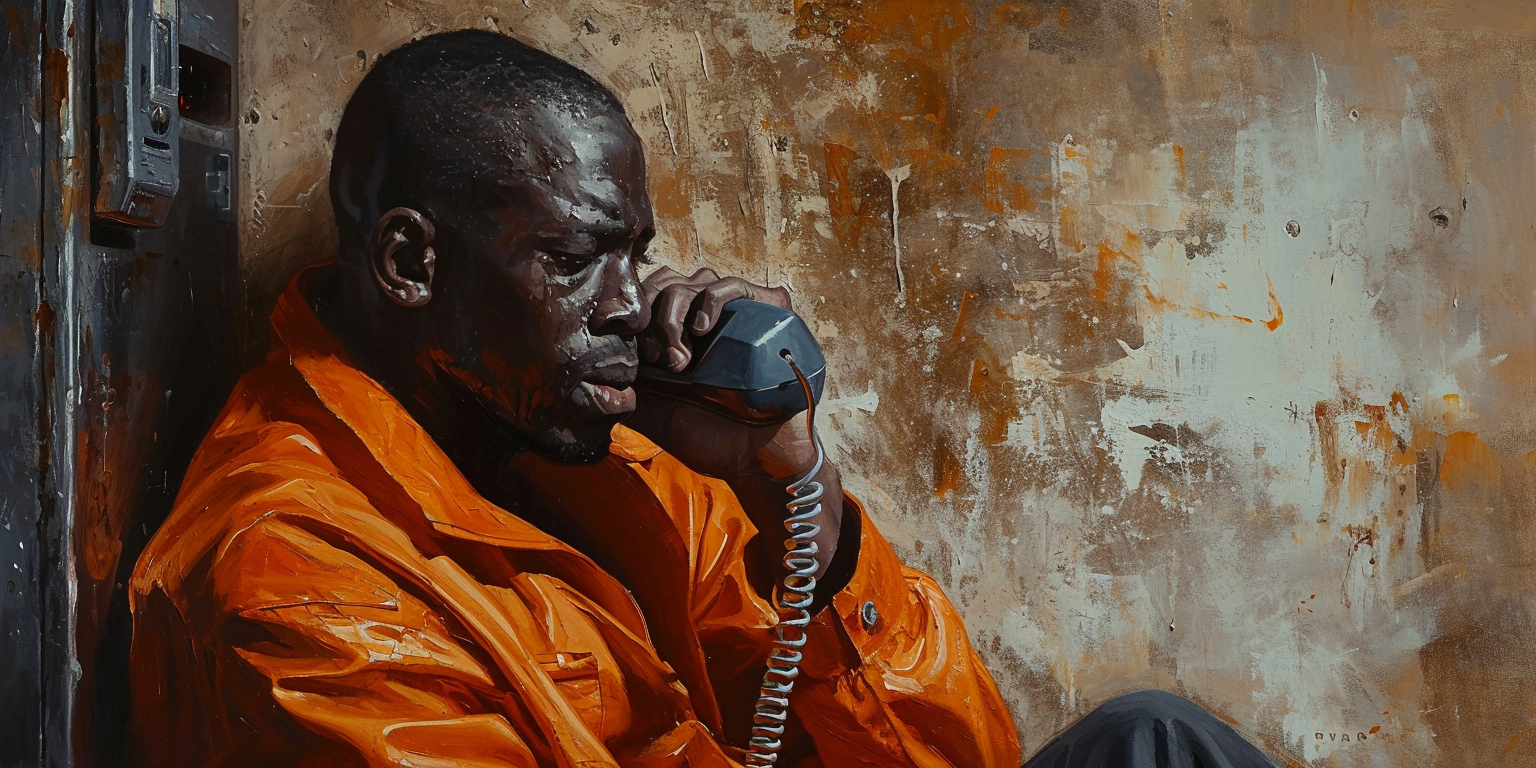
A prisoner unravels his mother’s adoption, revealing a legacy marred by racism, abuse, and addiction.
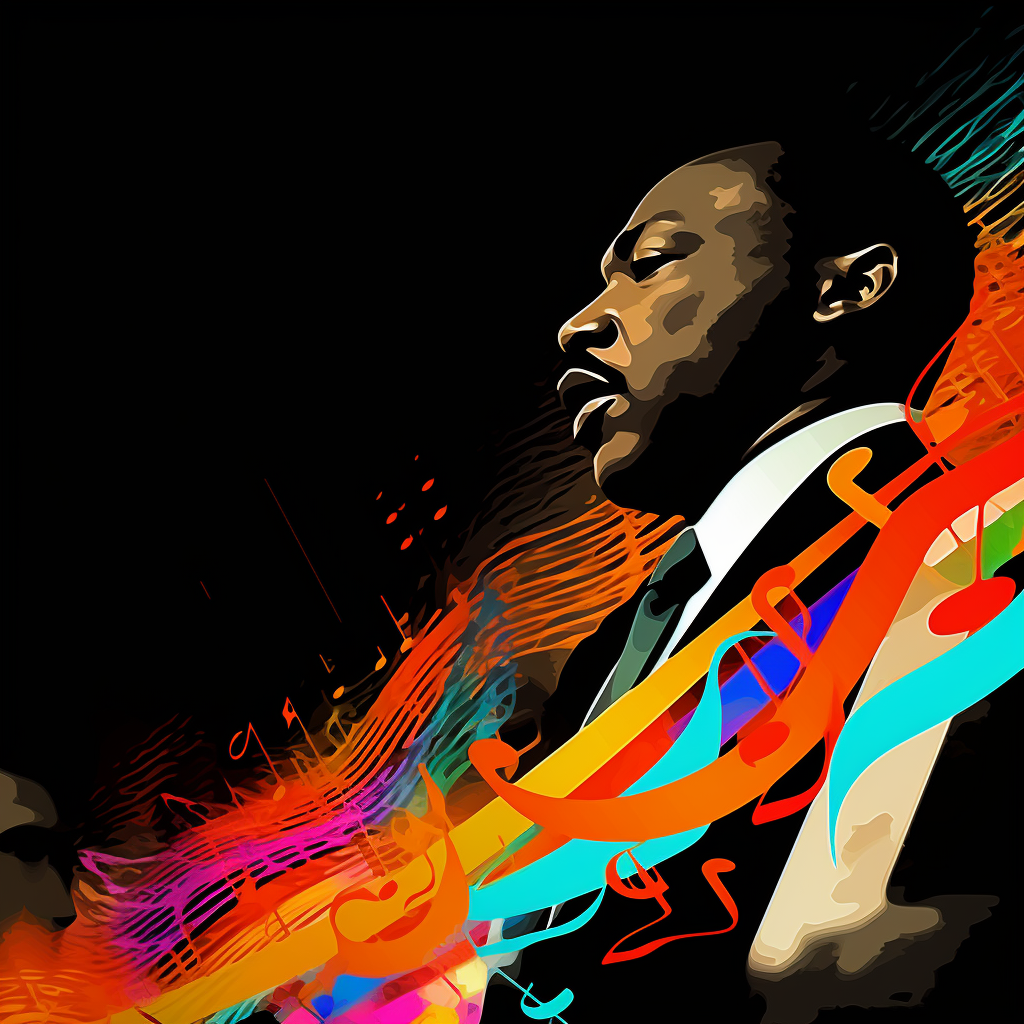
How did Dr. King’s nonviolent approach shape America’s racial discourse? Through scripture and history, King’s “Dream” speech masterfully balanced moral integrity with a call for change.
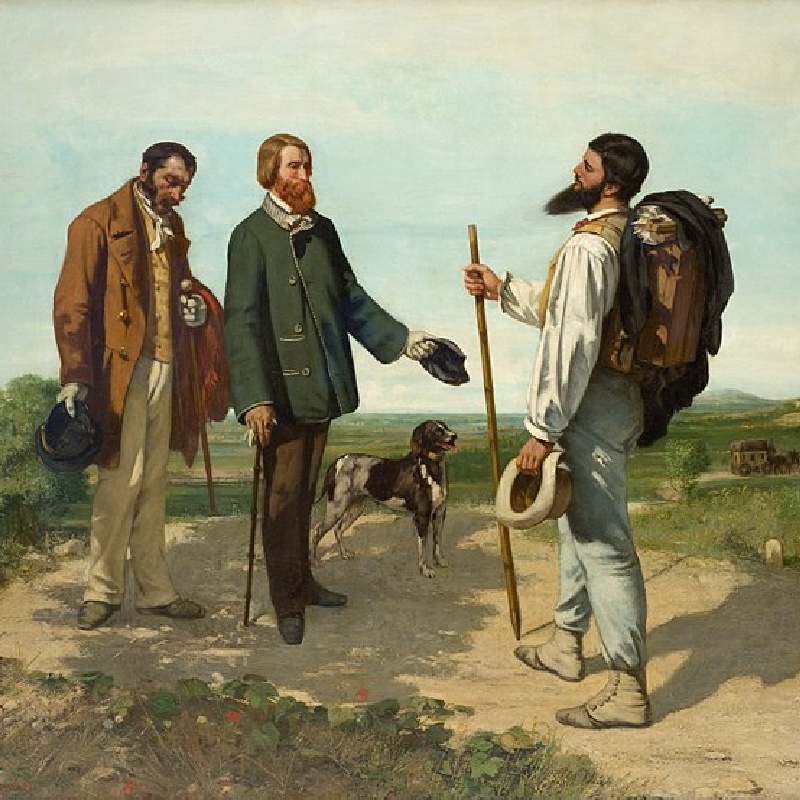
Can faith lead to racial harmony? Latter-day Saint teachings, rooted in the Doctrine of Christ, present a spiritual pathway to reconciliation and echo MLK’s ideals.
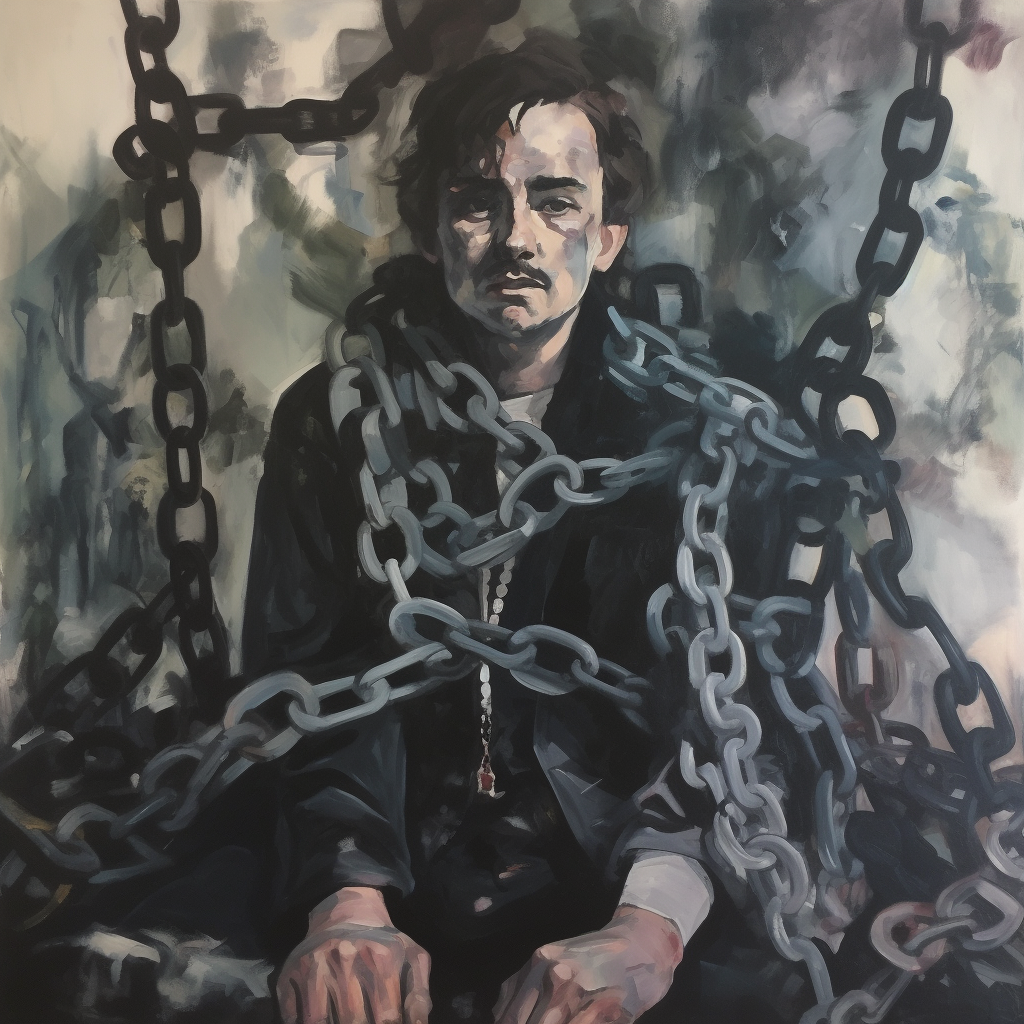
Is pornography sabotaging men’s emotional connections and ability to experience authentic intimacy? These emotional consequences are often overlooked in mainstream discussions.
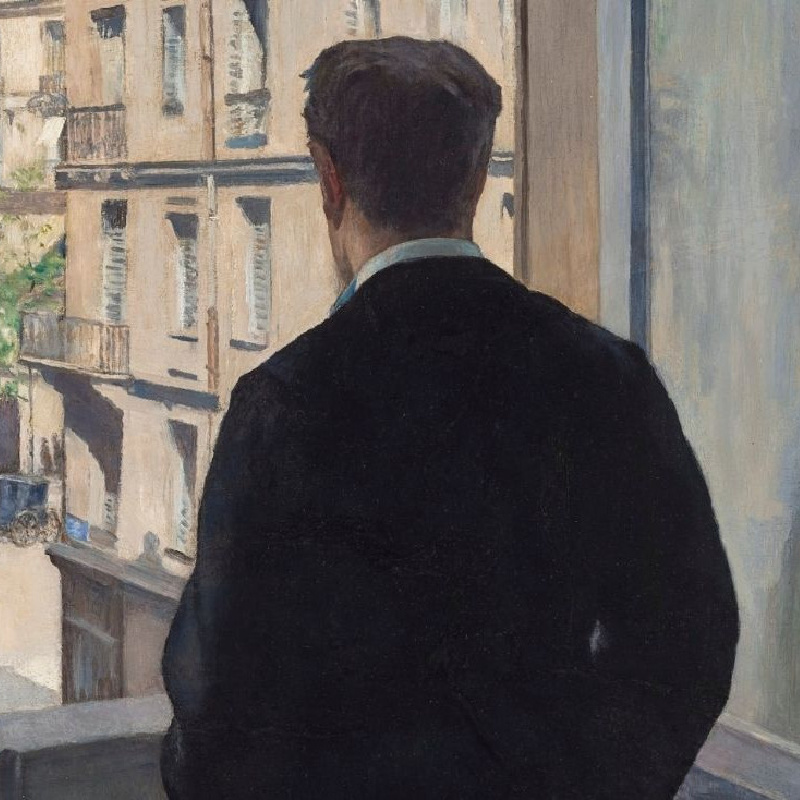
Thoughtful people disagree on what exactly is the essential problem at the root of our societal woes—with some emphasizing the collective failure of certain groups and others highlighting the failings inside us all.
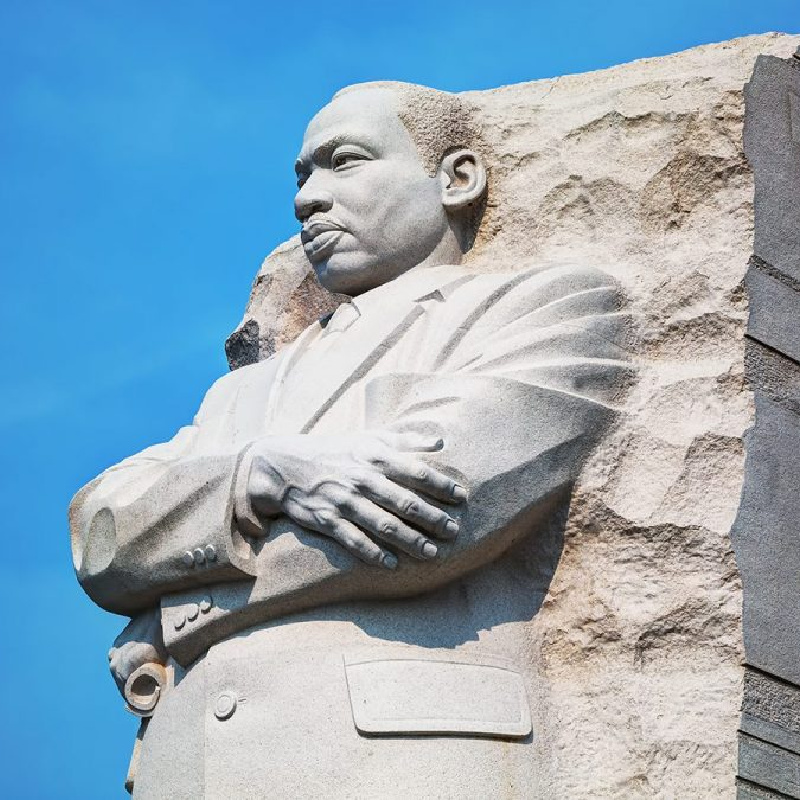
As Christians, we should work to “root out racism.” To get there, we must use empathy and engagement to not just stop racism but heal its wounds
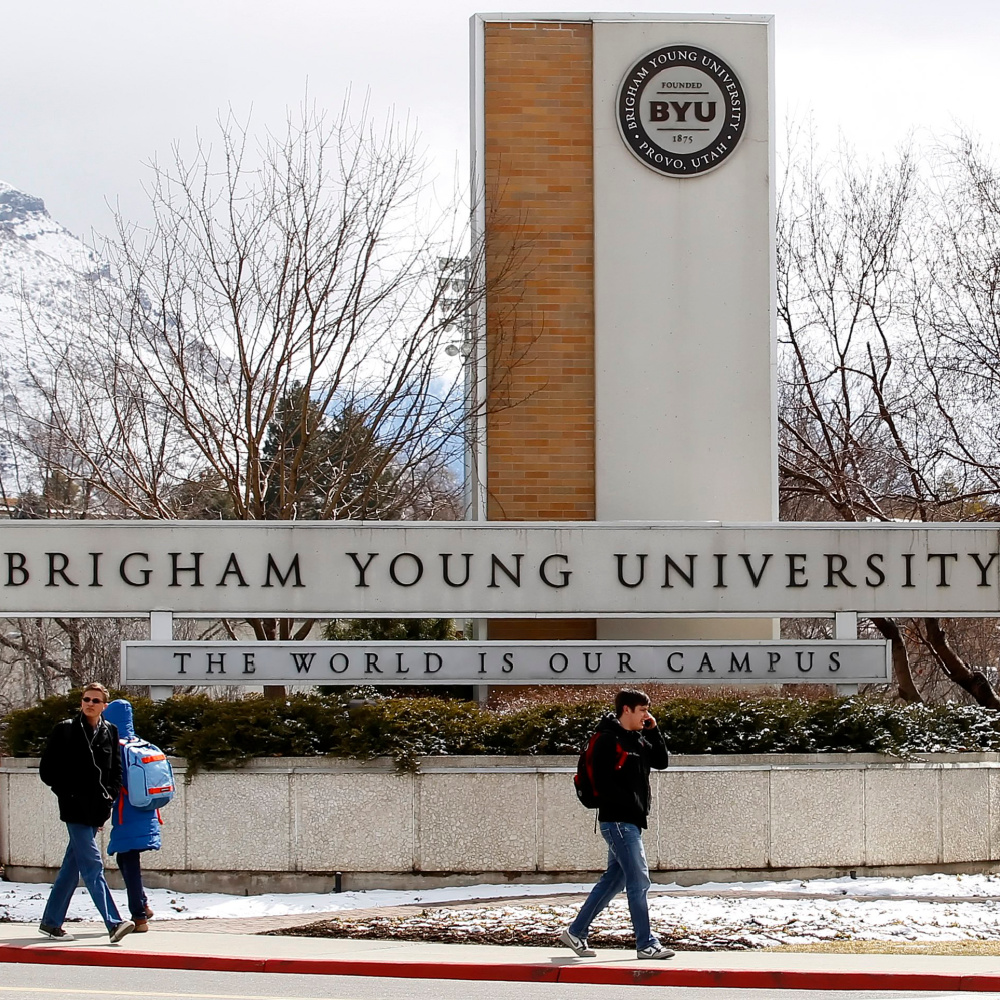
What can a sacred text teach us about the central social strife of our times? Some reflections on BYU, race, and the need for improved intercultural literacy.

When someone hears something that wasn’t said, it could be revealing a deeper pain. Recognizing that might provide a pathway to greater healing together.
Dallin H. Oaks, the second senior-most leader of The Church of Jesus-Christ of Latter-day Saints spoke Tuesday at Ensign College with Clark Gilbert, the Commissioner
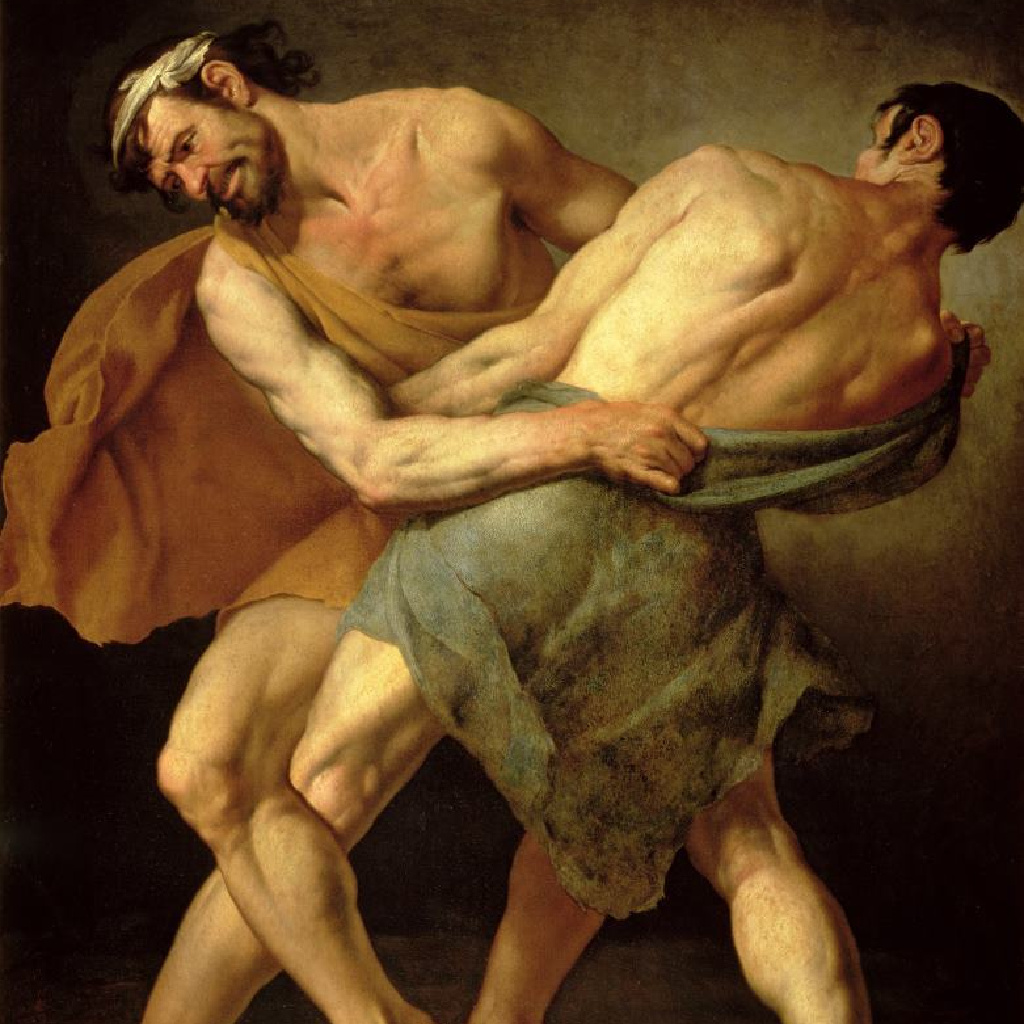
One plan requires agency, the other requires power. Where have we seen this before? A few more thoughts on CRT, Christianity and BYU.
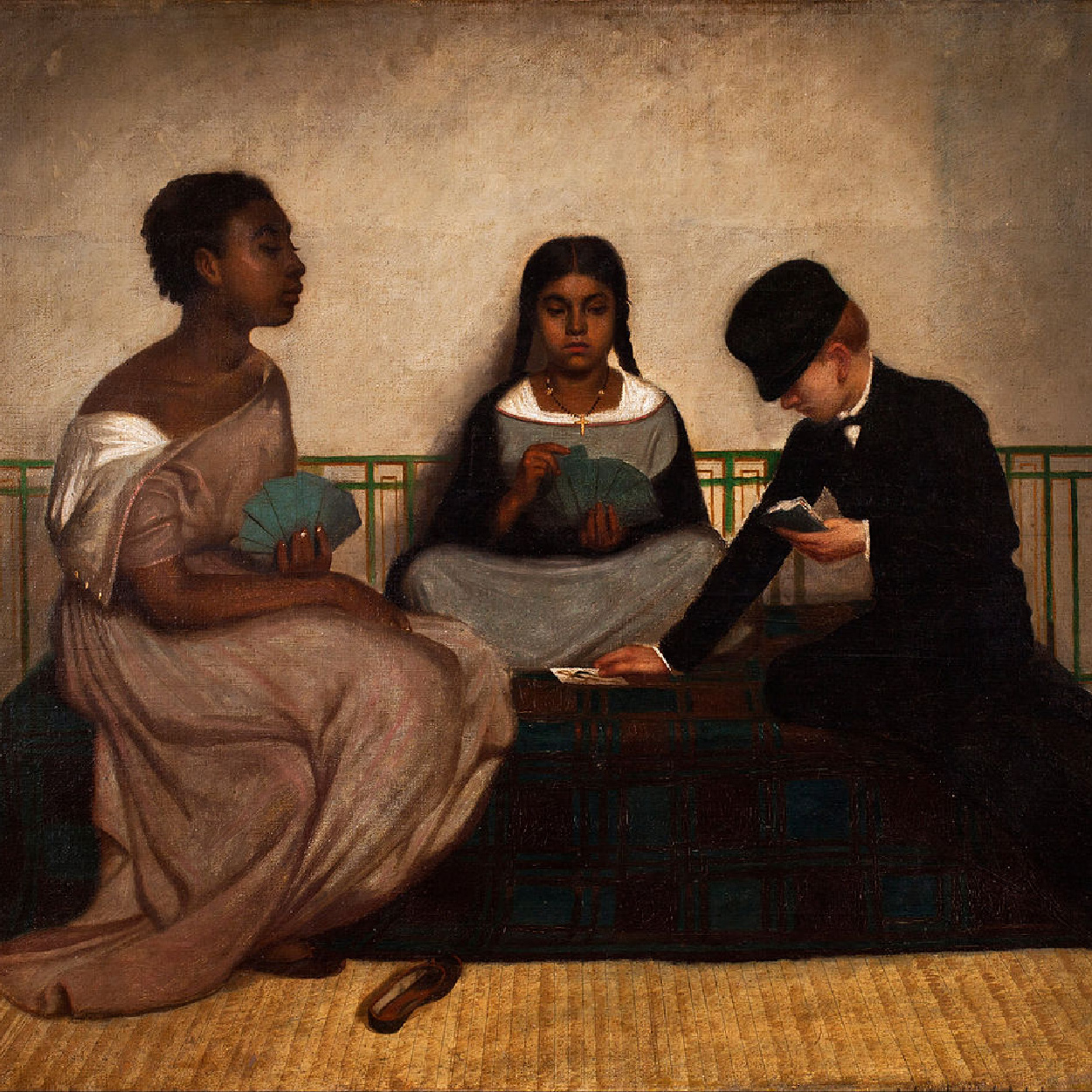
The message of the gospel of Christ makes some people uncomfortable and angry. That doesn’t mean it’s wrong. Maybe we should show a little more humble openness to what CRT can offer our understanding of the world?